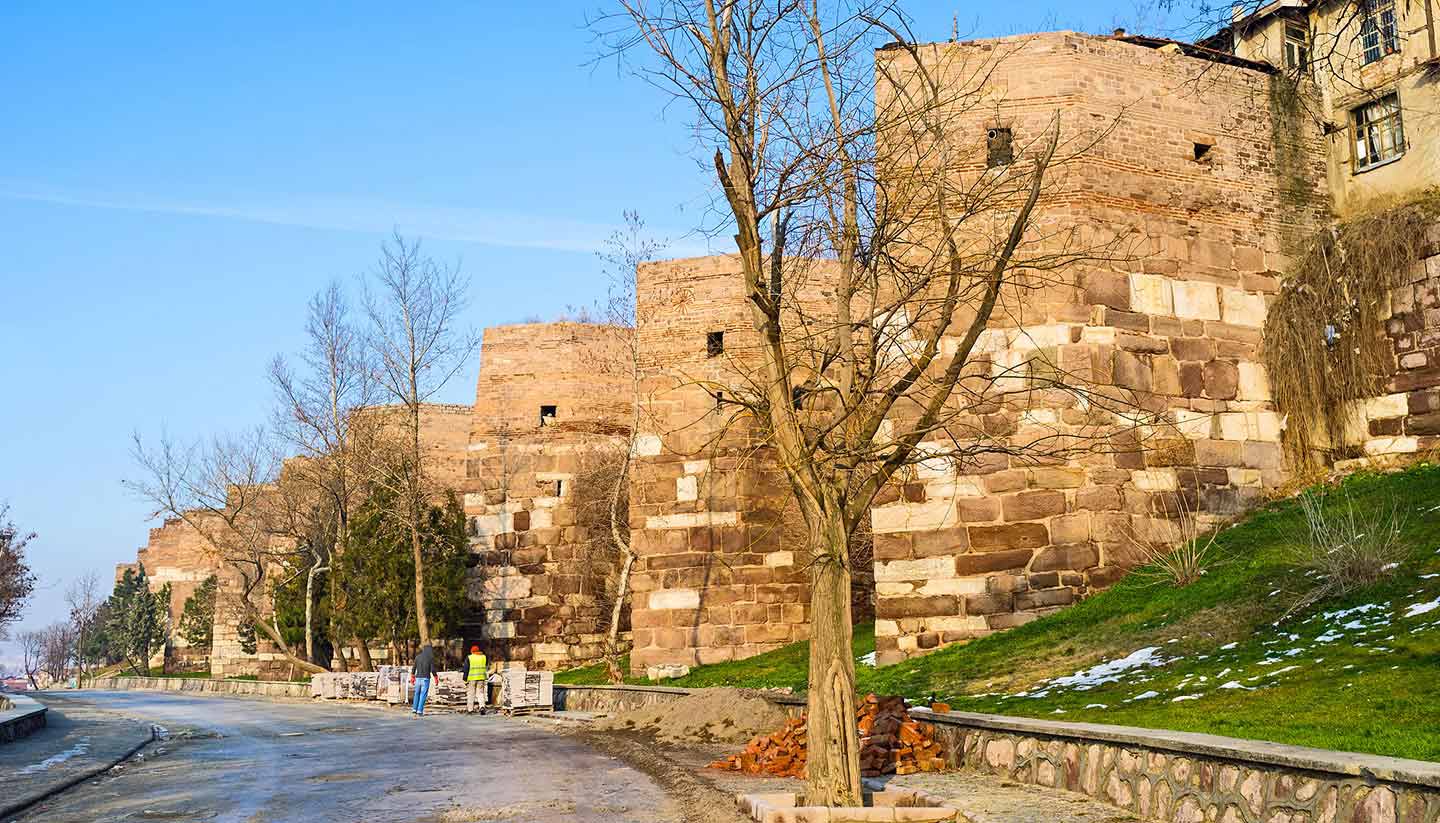Shopping in Ankara
Ankara offers shoppers plenty of choice, from fancy boutiques, supermarkets and department stores to street vendors and weekly bazaars.
Key areas
Kızılay, considered the heart of the city, is easily the city's most crowded shopping area, with bookstores, clothes stores and bustling small arcades. Ulus, the old shopping district, boasts an eclectic mishmash of dirt-cheap shops in its narrow streets as well as vendors selling jewellery, carpets, costumes, textiles and embroidery. For upscale shopping, check out Arjantin Caddesi in Gaziosmanpaşa, a retail zone aimed squarely at Ankara's well-heeled with its stylish cafés and restaurants, delicatessens, jewellery stores and designer boutiques.
Markets
You can snap up second-hand books and bric-a-brac bargains in and around Sakarya Caddesi, but if it's fine antiques and exquisite copperware you're after, browse the emporiums and collectable stores of Çıkrıkçılar Yokuşu, near Ulus. Many of the dealers also ply their wares at the weekly Antika Pazari antique market, held in Ayranci on the first Sunday every month.
Shopping centres
For clothing, electronics and perfume, head to one of Ankara's many modern shopping malls. Wedged between the Sheraton and the Hilton hotels, The Karum Is Merkezi is renowned for its upscale designer boutiques and chichi stores. The huge ANKAmall, near the Crowne Plaza hotel, is home to Turkish and international brands, including Benetton, H&M and Mango.
Opening hours
Standard hours are Monday to Saturday 0900-2000, although Ankara's largest malls often stay open later.
Souvenirs
Traditional souvenirs include handwoven carpets and jewellery.
Tax information
Value-added tax (KDV in Turkish) is usually already included on most items. Foreign passport holders are exempt on goods costing more than YTL100 in the specially designated tourist shops, and should present invoices at customs for refunds at the airport. You should always make sure you get an invoice for antiques, as the penalty for smuggling antiquities is very high, and customs officials are often poorly informed as to what constitutes an antique.


